Rising E-commerce Sector
The rapid expansion of the e-commerce sector is a key driver for the Slip Sheets Market. With the increasing volume of online shopping, logistics and warehousing operations are under pressure to enhance efficiency and reduce costs. Slip sheets provide a space-saving solution that allows for more efficient stacking and storage of goods. This is particularly beneficial in e-commerce, where quick turnaround times are essential. Market data indicates that the e-commerce industry is projected to grow significantly, which in turn is expected to boost the demand for innovative packaging solutions like slip sheets. As e-commerce continues to evolve, the Slip Sheets Market is poised for substantial growth.
Growth in the Food and Beverage Sector
The food and beverage sector is a substantial driver for the Slip Sheets Market. As this sector continues to expand, the need for efficient and hygienic packaging solutions becomes increasingly critical. Slip sheets offer a clean and effective way to transport food products, minimizing contamination risks. Market analysis indicates that the food and beverage industry is projected to grow steadily, which will likely lead to increased demand for slip sheets as companies seek to optimize their logistics. This growth presents a significant opportunity for the Slip Sheets Market, as businesses look for reliable and efficient packaging solutions to meet their operational needs.
Increased Demand for Lightweight Packaging
The Slip Sheets Market is experiencing a notable increase in demand for lightweight packaging solutions. As companies strive to reduce shipping costs and improve efficiency, slip sheets offer a viable alternative to traditional pallets. These sheets are significantly lighter, which can lead to reduced freight costs. According to recent data, the use of slip sheets can decrease shipping weight by up to 50% compared to wooden pallets. This shift not only enhances cost efficiency but also aligns with the growing emphasis on sustainability in packaging. As businesses seek to optimize their supply chains, the adoption of slip sheets is likely to rise, further driving growth in the Slip Sheets Market.
Technological Innovations in Manufacturing
Technological advancements in manufacturing processes are significantly impacting the Slip Sheets Market. Innovations such as automated production lines and advanced materials are enhancing the quality and efficiency of slip sheet production. These technologies enable manufacturers to produce slip sheets that are not only stronger but also more cost-effective. As production costs decrease, the affordability of slip sheets increases, making them more accessible to a wider range of industries. This trend suggests that as technology continues to evolve, the Slip Sheets Market will likely see an uptick in adoption rates, driven by improved product offerings and competitive pricing.
Regulatory Support for Sustainable Practices
Regulatory frameworks promoting sustainable practices are influencing the Slip Sheets Market positively. Governments worldwide are implementing stricter regulations on packaging waste and encouraging the use of eco-friendly materials. Slip sheets, often made from recyclable materials, align well with these regulations, making them an attractive option for companies looking to comply with environmental standards. The market is witnessing a shift as businesses increasingly prioritize sustainability in their operations. This regulatory support not only enhances the appeal of slip sheets but also positions the Slip Sheets Market favorably in a landscape that is increasingly focused on environmental responsibility.


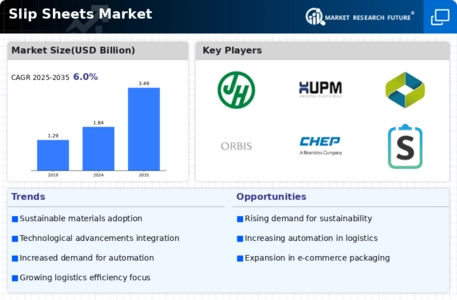
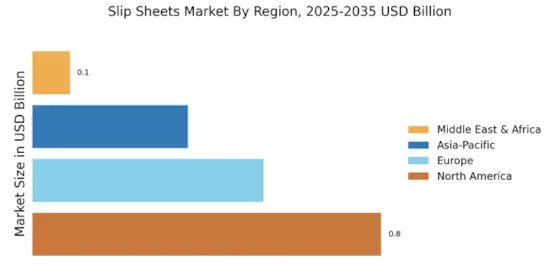
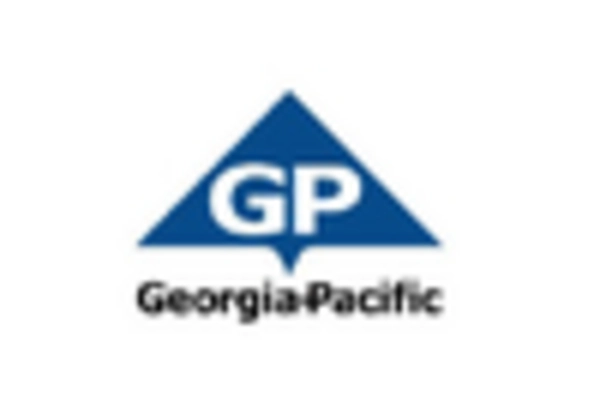
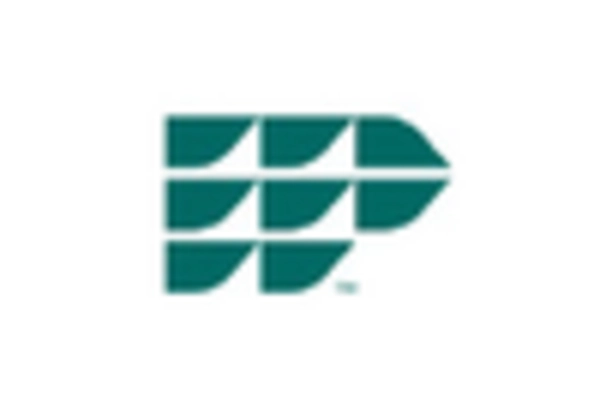

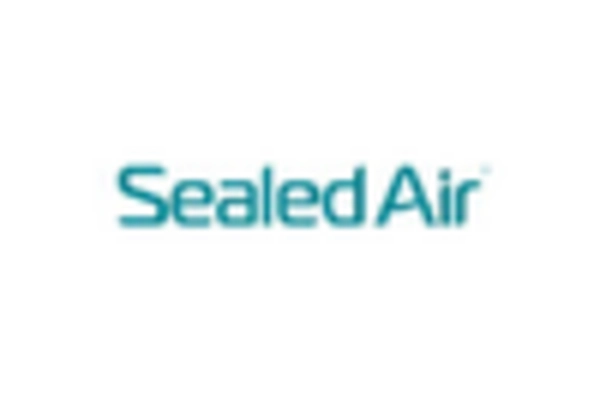

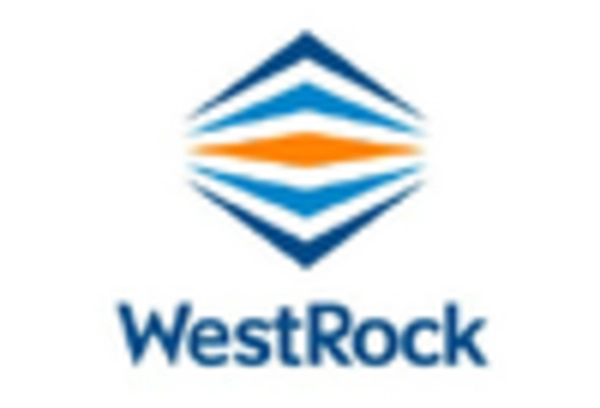








Leave a Comment